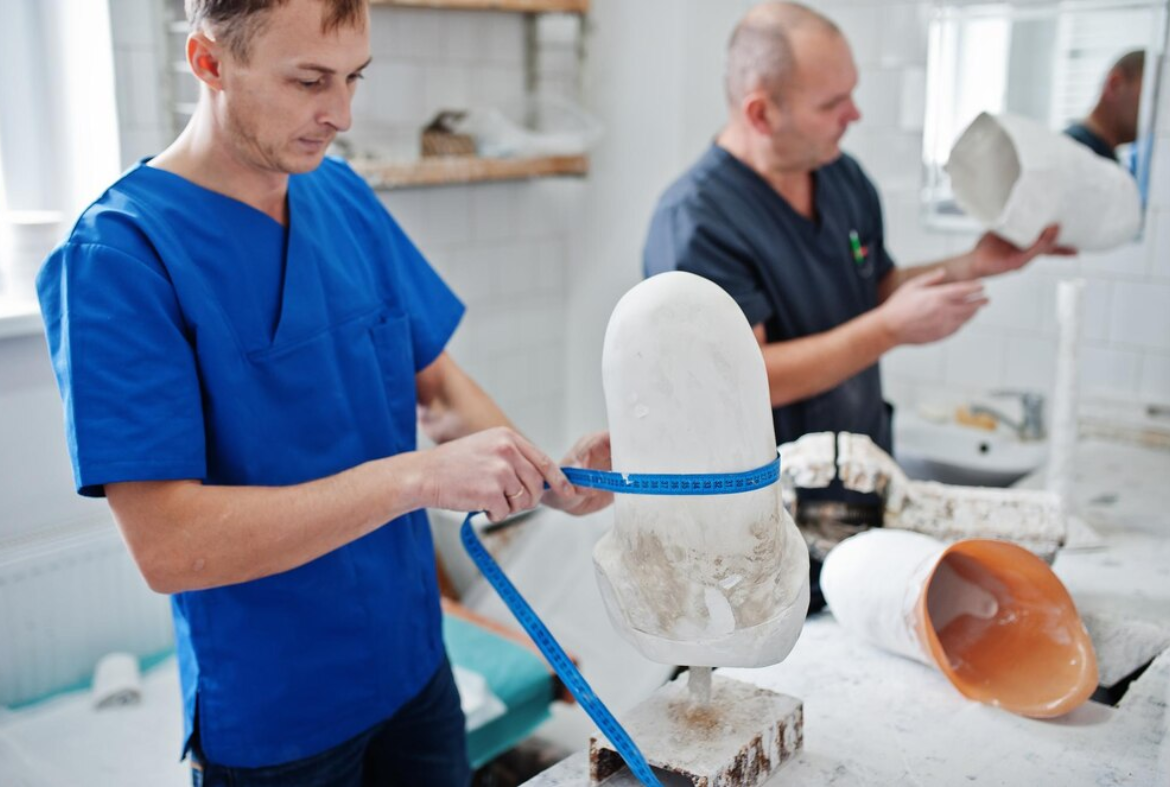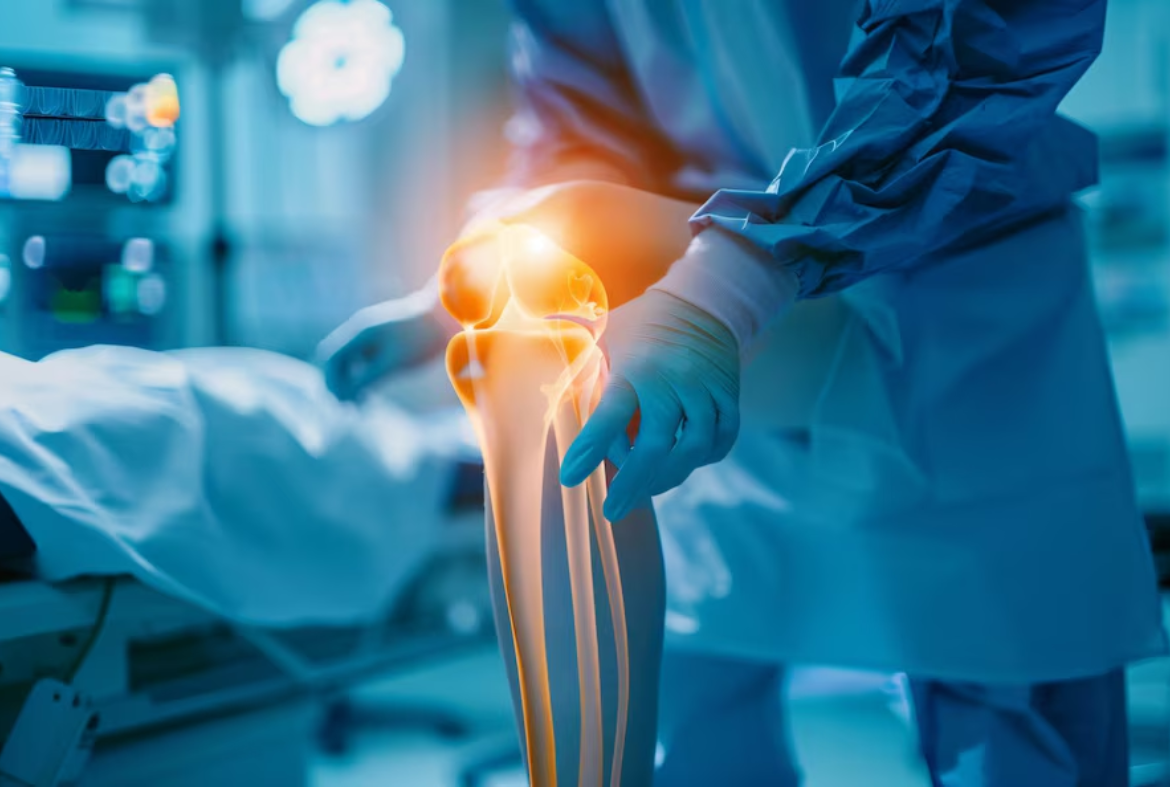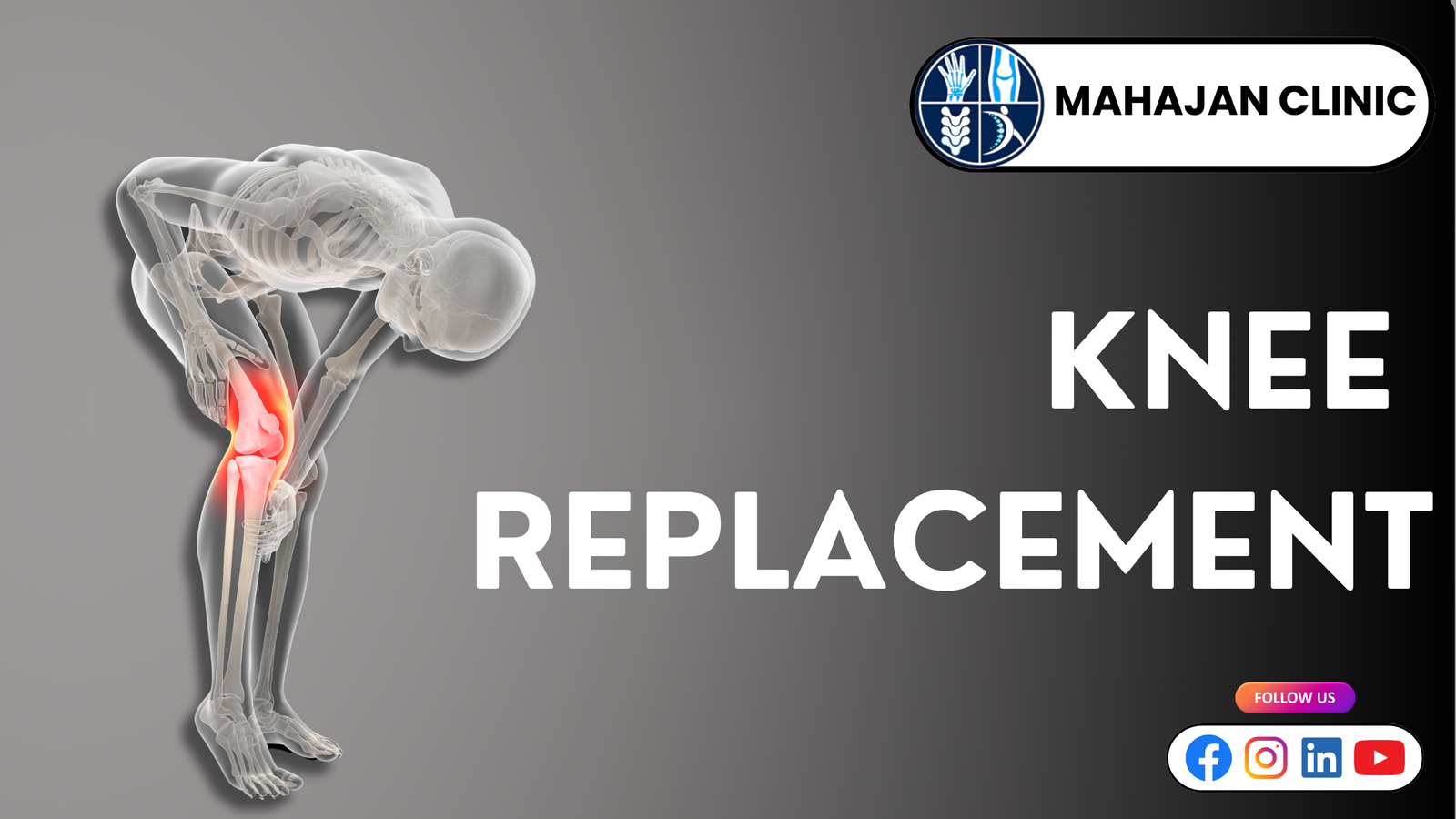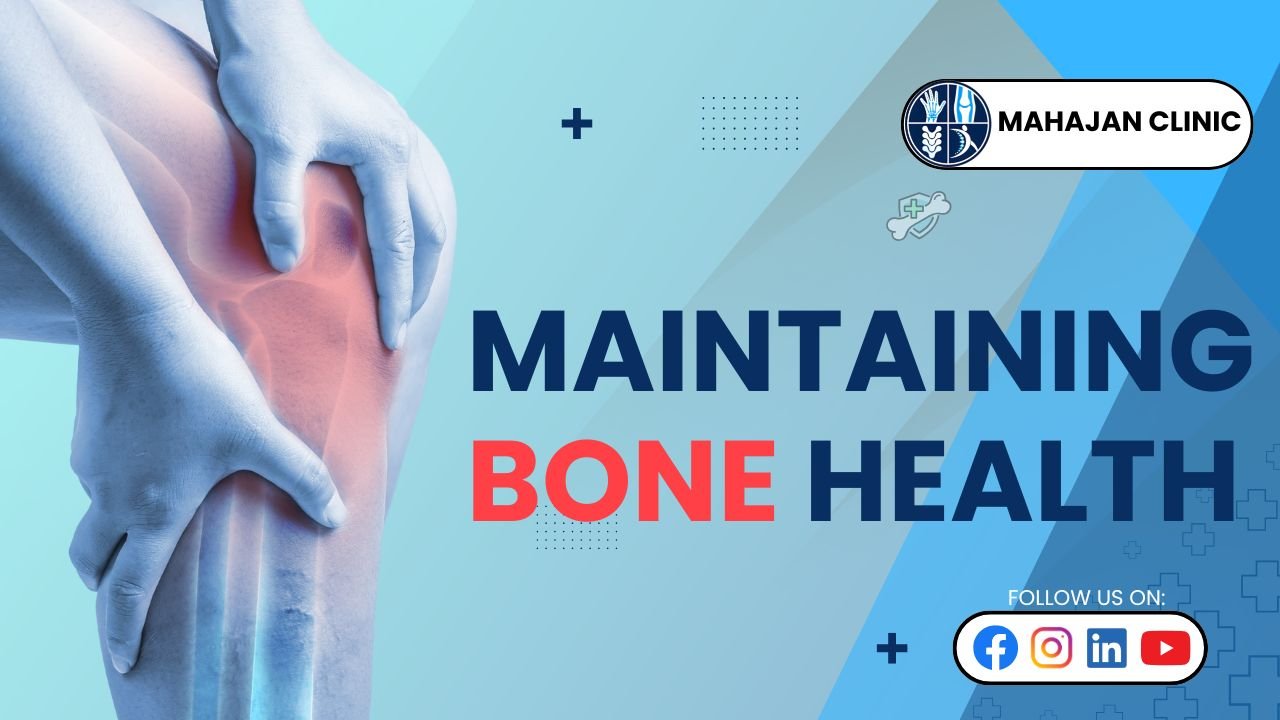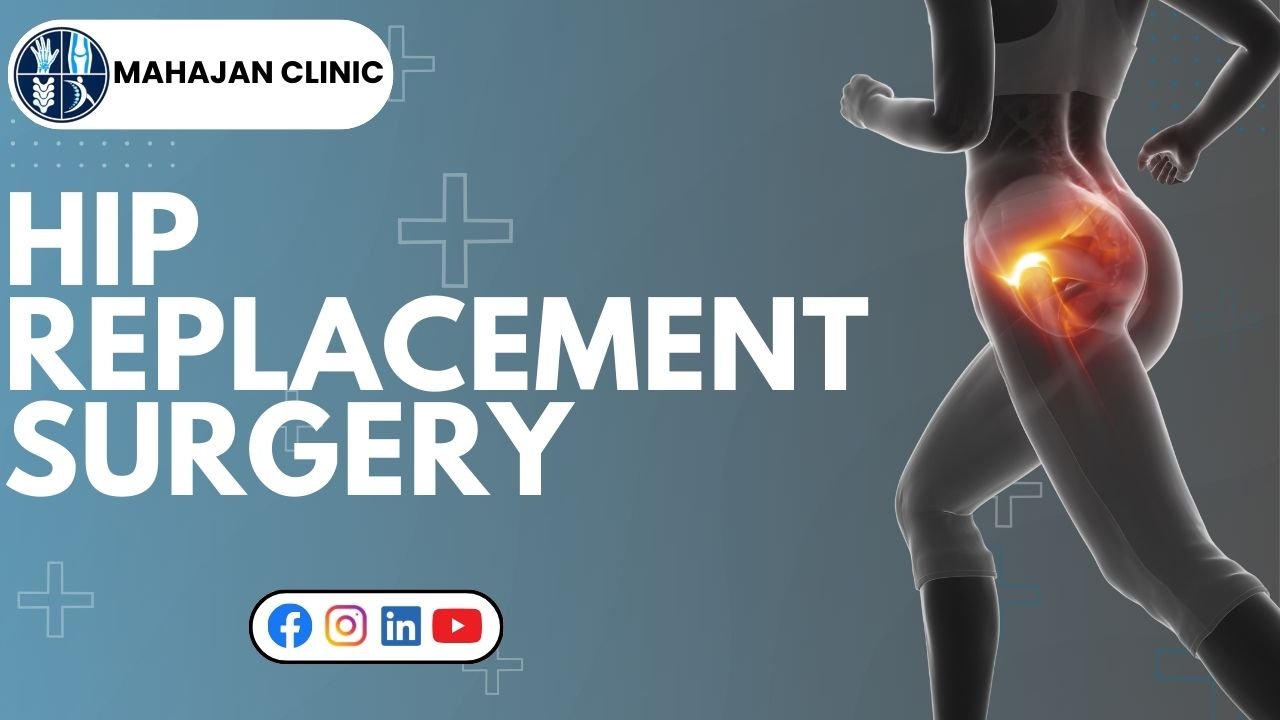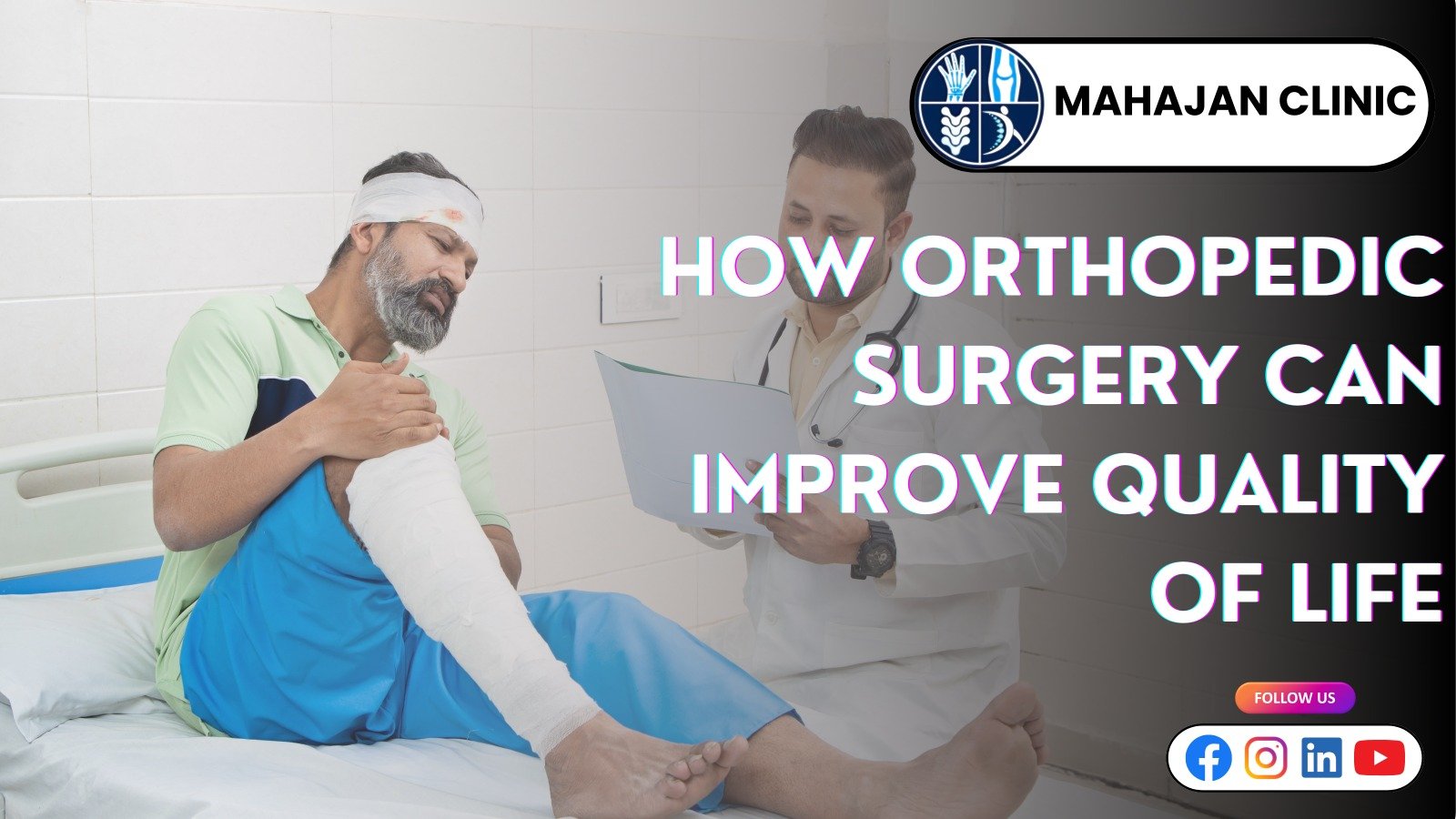Blog Details
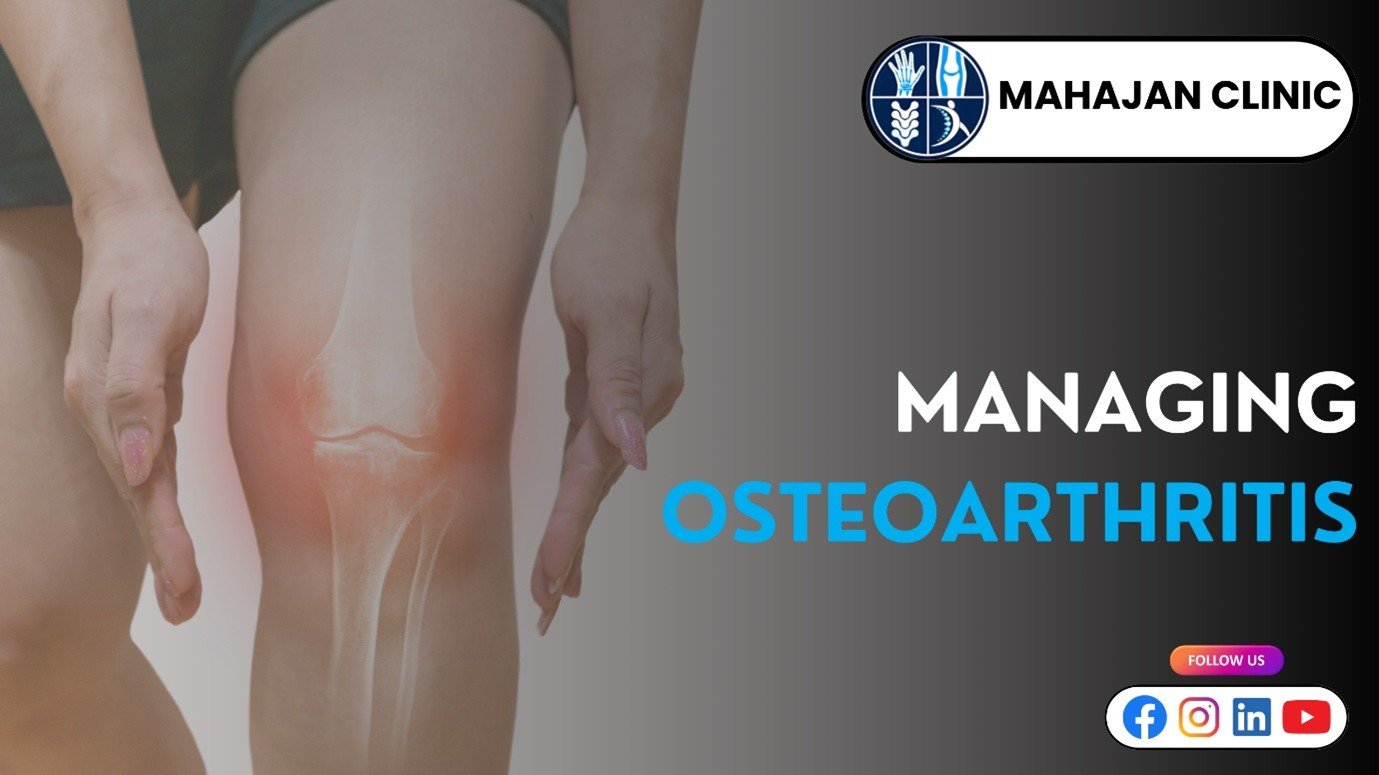
Managing Osteoarthritis: Effective Strategies for Long-Term Relief
Millions of people worldwide suffer from osteoarthritis, one of the most prevalent joint conditions. It is characterized by the deterioration of the underlying bone and cartilage, which frequently results in chronic pain, stiffness, and swelling, especially in the hands, knees, hips, and spine. According to Dr. Rakesh Mahajan at Mahajan Clinic, understanding and effectively managing osteoarthritis pain can make a significant difference in a person’s mobility, comfort, and quality of life.
Even though osteoarthritis is a degenerative condition, it can be effectively treated with a combination of medication, lifestyle changes, and patient education. This blog will walk you through thorough, scientifically supported methods to manage your illness and enhance daily functioning.
Understanding Osteoarthritis
Although younger people with joint injuries or a genetic predisposition may also be affected, osteoarthritis (OA) is a progressive joint disease that primarily affects older adults. It happens when the cartilage that cushions the ends of your bones deteriorates over time, resulting in joint deformity, pain, and decreased mobility.
Immune dysfunction is not the main cause of OA, in contrast to inflammatory types of arthritis like rheumatoid arthritis. Inflammation can still exacerbate symptoms, but mechanical wear and tear is the primary cause.
Typical signs and symptoms include:
- Joint stiffness, especially after periods of inactivity
- Deep, aching joint pain during or after movement
- Decreased flexibility
- Bone spurs (osteophytes)
- Swelling around the joints
Why Managing Osteoarthritis Pain Is Crucial
Pain management is essential to preserving your independence and stopping additional joint degradation; it's not just about comfort. Due to chronic discomfort and decreased activity, osteoarthritis can significantly impair mobility, cause muscle weakness, and have a detrimental impact on mental health if left untreated.
Additionally, the risk of complications such as joint deformity or falls due to joint instability is decreased by effective management. Early intervention has been crucial for patients seeing Dr. Rakesh Mahajan at the Mahajan Clinic in order to slow the progression of osteoarthritis and assist people in taking back control of their lives.
Lifestyle Modifications: The First Line of Defense
1. Weight Management
Weight-bearing joints like the hips and knees are subjected to more stress when a person has excess body weight. Joint pain can be considerably reduced and function improved with even a small weight loss. Research indicates that even a 5–10% reduction in body weight can result in discernible pain and mobility improvements for people managing osteoarthritis pain.
2. Low-Impact Exercise
Staying active helps keep joints flexible, strengthens muscles, and boosts overall health. Ideal forms of exercise include:
- Swimming or aquatic aerobics
- Walking on soft surfaces
- Cycling
- Tai Chi or yoga (gentle routines)
Through the movement of synovial fluid, exercise also encourages joint lubrication, which can lessen stiffness and enhance joint function.
3. Joint Protection Techniques
Simple changes in daily habits can reduce strain on your joints:
- Use assistive devices like canes or shoe inserts
- Avoid kneeling or squatting for extended periods
- Choose chairs with good back and arm support
- Use proper posture and ergonomic furniture
Learning proper body mechanics is key to managing osteoarthritis pain effectively in everyday tasks.
Medical Treatment Options
When lifestyle modifications are insufficient to control symptoms, medical intervention becomes necessary. Treatment regimens are frequently tailored to the patient's medical history, affected joints, and severity.
1. Medications
- Over-the-counter pain relievers such as acetaminophen or NSAIDs (like ibuprofen) are commonly used.
- Topical creams containing diclofenac or capsaicin can be applied straight to the afflicted joints.
- Prescription medications, including stronger NSAIDs or corticosteroid pills, may be used in more advanced cases.
2. Intra-Articular Injections
- Corticosteroid injections reduce inflammation and pain temporarily.
- Hyaluronic acid injections aim to lubricate the joint, although effectiveness may vary.
Orthopaedic specialists may also discuss regenerative treatments, such as stem cell therapy or platelet-rich plasma (PRP), with patients who wish to delay surgery.
3. Surgical Interventions
When conservative measures are ineffective, surgery may be considered. Typical practices consist of:
- Arthroscopy: Minimally invasive surgery to clean out debris from the joint
- Osteotomy: Bone realignment to reduce pressure on the joint
- Joint replacement (Arthroplasty): Total or partial replacement of the damaged joint with an artificial implant
If post-operative rehabilitation is appropriately followed, patients who have joint replacements frequently see a marked improvement in their quality of life.
Alternative and Complementary Therapies
Numerous unconventional methods have demonstrated potential in assisting patients in managing osteoarthritis pain, particularly when combined with conventional therapies.
- Acupuncture: May help relieve chronic pain by stimulating specific nerves and muscles
- Massage therapy: Improves circulation, reduces stiffness, and relaxes muscles around the joint
- Supplements: Glucosamine, chondroitin sulfate, omega-3 fatty acids, and turmeric have been studied for their potential anti-inflammatory benefits
It’s important to consult with your healthcare provider before starting any supplement or alternative therapy to avoid adverse interactions or complications.
Psychological and Emotional Support
Your mental health may suffer if you have chronic pain. People with long-term illnesses frequently experience anxiety, depression, and loneliness. Managing osteoarthritis pain should also involve mental well-being strategies such as:
- Joining support groups (online or offline)
- Practicing mindfulness or guided meditation
- Cognitive Behavioural Therapy (CBT) to manage negative thought patterns
- Setting realistic goals for activity and recovery
Keep in mind that mental and physical health are closely related, and that managing both promotes better long-term outcomes.
Monitoring and Regular Checkups
Osteoarthritis is a condition that needs constant attention. Seeing your orthopaedic specialist on a regular basis can help you monitor the course of your disease, adjust your treatment plan as necessary, and avoid long-term harm.
In order to keep patients active and lessen their reliance on drugs or surgery, it is very important to emphasize patient education as well as early intervention.
Final Summary
Even though there isn't a known treatment for osteoarthritis, it doesn't have to rule your life. When proactive self-care, suitable medical care, and emotional support are combined, managing osteoarthritis pain becomes empowering as well as feasible. You can continue to enjoy your favourite activities with less pain and greater confidence if you are aware of your condition and actively participate in its management. Don't wait if you're experiencing joint pain or early indications of arthritis. To start your unique path to relief and long-term joint health, get in touch with Dr. Rakesh Mahajan at Mahajan Clinic, a reputable name in orthopaedic care.
